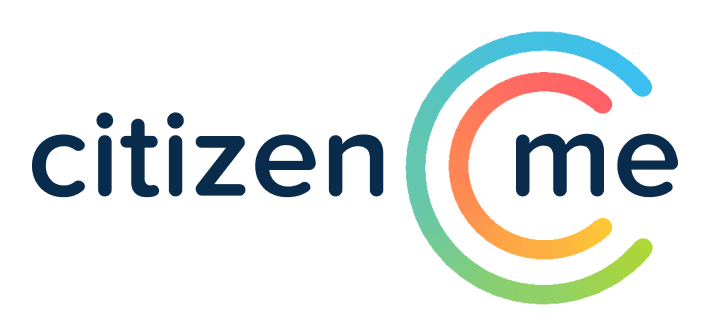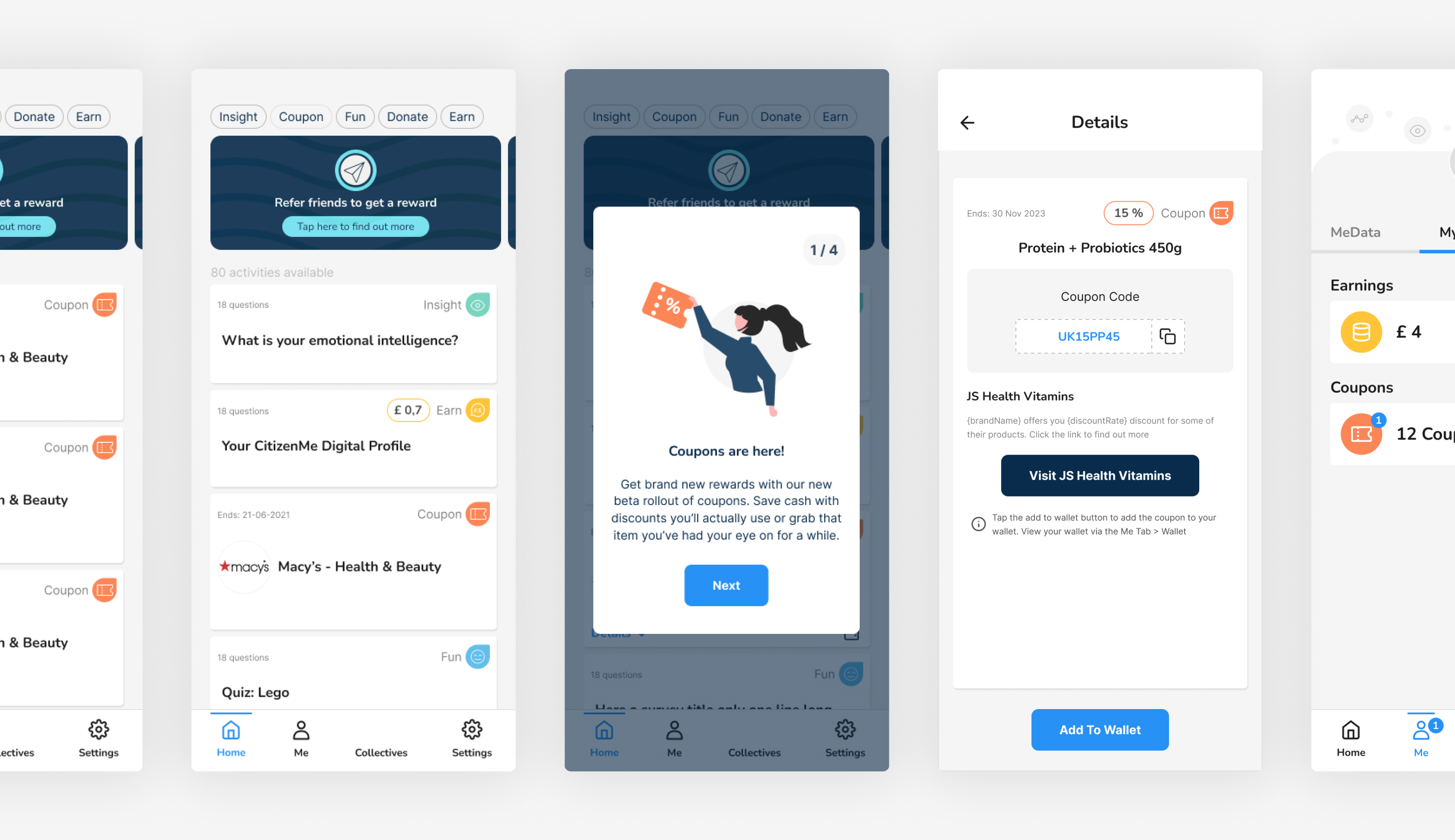
World Values Survey (WVS) Science and Technology Values
World Values Survey (WVS) Science and Technology Values https://www.citizenme.com/wp-content/uploads/2019/09/AdobeStock_190532267.jpeg 1620 907 Claudia Velilla Claudia Velilla https://secure.gravatar.com/avatar/703103b9d81e1bfd68fb7e289b8ed38a?s=96&d=mm&r=gEver wondered how understanding your customer’s values and beliefs can help your business?
The World Values Survey seeks to help researchers, scientists and policy makers understand the changes in the beliefs, values and motivations of people throughout the world. The data that derives from these surveys is used to analyse a variety of topics, ranging from economic development, democratization, religion, gender equality, etc.
Whether you are a research company focusing on health products, or a PR agency marketing a new brand, or a charity trying to understand their donors, you can hugely benefit from the value of this insight!
How does it work?
This is what users will see on their apps if you include the Science & Technology Values CitizenMe Data. They will be asked six questions about the role science and technology plays in their lives.
For example: how much does a participant agree or disagree with science and technology making their lives healthier, easier and more comfortable? And how much do they agree with the statement that we depend too much on science and not enough on faith? The participant will get to compare their results with the global community.
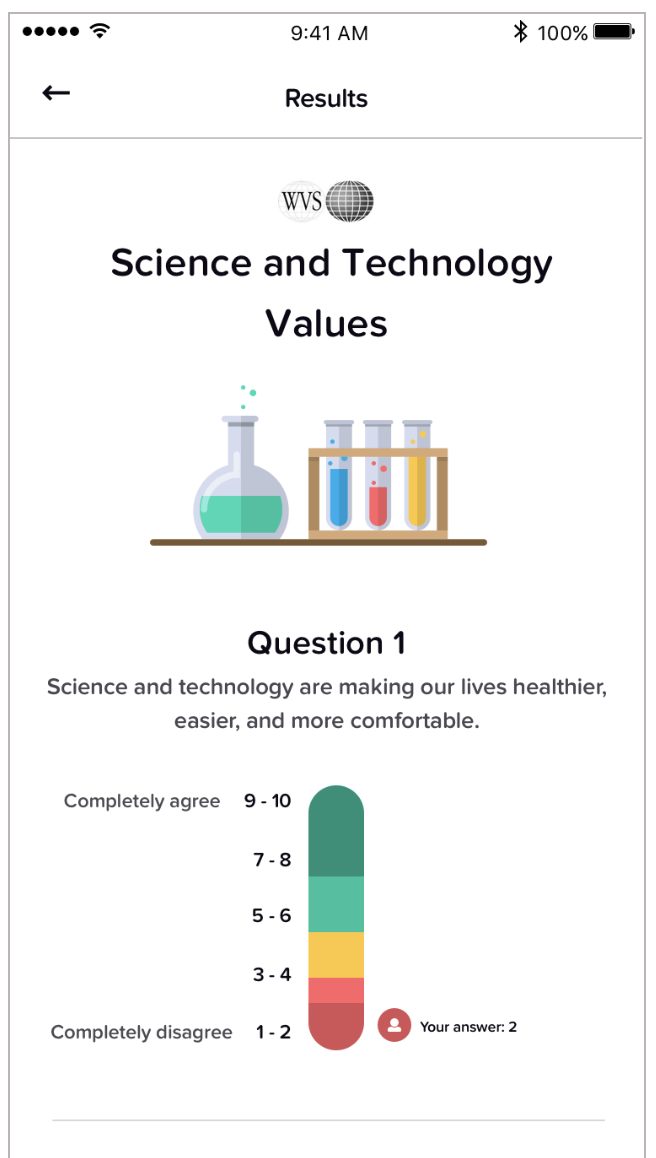
How can this help your business?
You can use both traditional Q&A survey data and digital behavioural data integrated at the individual level to better define and understand audience profiles, thus unlocking new insights about your audiences that aren’t limited to demographic groups.
With the WVS Science & Technology Insight you can see how your customers view the impact that science and technology have on their lives and the future of society. Thinking about the role that they play in shaping your customers’ lives can bring a new understanding of how you interact and connect with your audience.
We believe that research needs to go beyond the who in order to understand the why, all in an ethical way.
For organisations: You can imagine how this is incredibly powerful, since you can use this unique information to better connect with your audiences. While demographics are still an important aspect of defining the ‘who’ in market research, what we’re increasingly seeing is that they are a far less accurate predictor of behaviours and attitudes. In this case, an individual’s attitudes towards science and technology become apparent, which can then be used to understand the nuanced and interlinked factors that define target audiences.
Let’s explore an example using ‘WVS Sci & Tech’ data. Your company wants to do market research to figure out how to best target your audience pre-launch, and you have found that your target audience is:
In traditional market research you would use information (an example is the data in the image shown above) to base what kind of messaging, content and channels you create for this audience. However, if we now look at their WVS Sci & Tech Values, you are not only receiving traditional demographics, but also a person’s attitudes towards science and technology, not only in their lives, but also in society.
For instance, if the majority of your target audience feels that the world is a lot better off because of science and technology, then you know that the general attitudes towards this phenomenon are positive. This will allow you to adapt the language you use in your messaging to show that your product will contribute to the future of society.
On the contrary, if you know that the majority of your target audience agrees with the statement that ‘one of the bad effects of science is that it breaks down people’s ideas of right and wrong’, then you can have a much more profound insight on what people perceive the possible negative sides of sci & tech are. You can then tailor your messaging to address this attitude in a way that helps to achieve your goals.
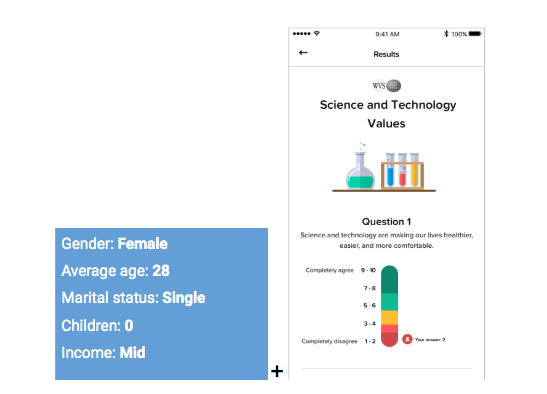
Want to be even one more step ahead?
As mentioned earlier, we like what is core to customers, and go beyond the ‘who’ so that we can understand the ‘why’. Our wide range of data points, what we call CitizenMe Data, is a solution to this. Social media data along with Spotify’s audio analysis, psychographic data and device data are among our ever growing data list which can be added to your research in order to enrich your messaging, and find, for instance, what channels might be best to target your audience.
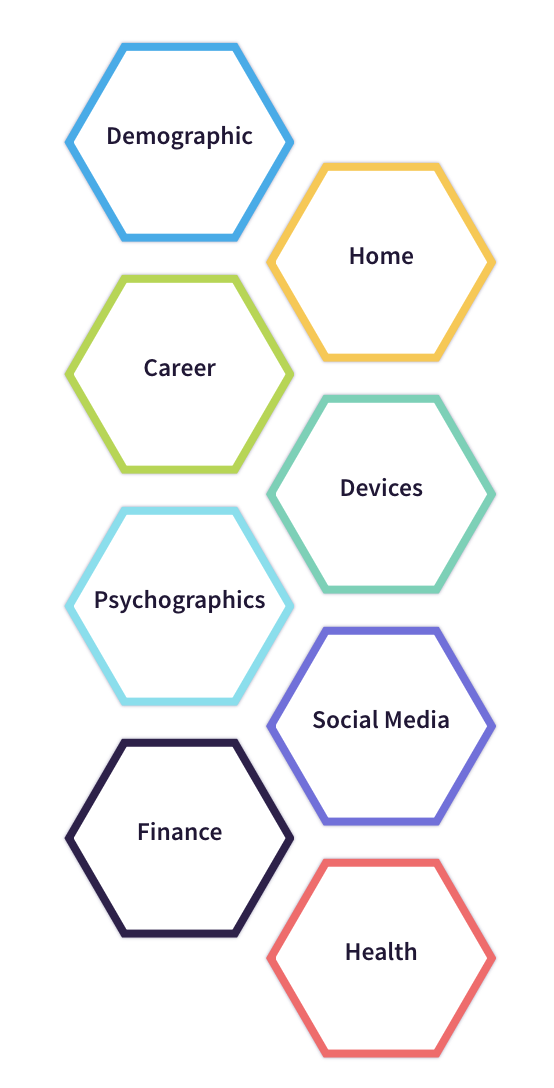
If you want to see an example of how you can use CitizenMe Data, check out our case study here. We conducted research to figure out what the main attitudes and behaviours were towards Challenger banks. In order to get a well-defined idea of who our audience was, we applied OCEAN Big 5 psychographics (used to determine people’s personality types) and added other MeData such as Facebook likes and Smartphone app usage. We discovered what the main attitudes and behaviours of these consumers were and what kind of person would be more likely to switch to a challenger bank (extroverted, organised, relaxed, male, tech-savvy, etc), as well as what channels they are more likely to use (Twitter and LinkedIn, as opposed to Facebook). This enabled organisations to better target their audience.
If you want to find out more about WVS, tap here.
And if you would like to find out more about how CitizenMe can help you achieve the best insight research out there, please get in contact on hello@citizenme.com.
- Post Tags:
- #Customer Reearch
- AI
- artificial intelligence
- big data
- Case study
- CitizenMe
- CitizenMe App
- CitizenMe Community
- Customer Research
- Data
- data economy
- Data Ethics
- Data Privacy
- Data Protection
- Decentralised Data
- Democratising Data
- Digital Identity
- Digital Rights
- Ethical Data
- GDPR
- Human Data
- insights
- Machine Learning
- Mobile Surveys
- Personal Data
- Privacy
- Survey
- Transparency
- Trust
- Posted In:
- Business blog
- Citizen blog
- Uncategorized
